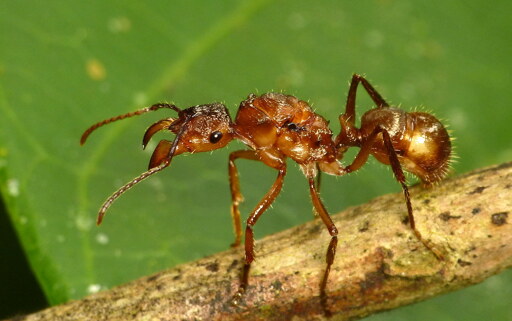In a greenhouse in Tokyo, researcher Ko Mochizuki noticed something unusual. Flies were swarming around the delicate flowers of an obscure plant species. The blooms, however, weren’t offering nectar or bright colors to attract these insects. Instead, they were releasing a chemical signal that smelled like something the flies craved: the scent of an injured ant about to become a meal. For the first time, scientists have documented a plant that mimics the smell of ants under attack to trick pollinators into visiting its flowers. The plant, Vincetoxicum nakaianum, a flowering dogbane species native to Japan, has evolved an ingenious deception strategy. “I was working on another research project,” Mochizuki, of the University of Tokyo, said in a statement, “and originally collected this species only as a ‘reference’ for comparison. By chance, I noticed chloropid flies gathering around its flowers in the nursery in the Koishikawa Botanical Gardens, and immediately realized that the flowers might be imitating dead insects.” The idea came from a lucky combination of events. Mochizuki had taken an intensive training course in 2019 that taught him how to identify the specific fly species visiting the flowers. He had also read research papers on insect-pollinated plants. These experiences came together when he saw the flies gathering on the V. nakaianum flowers. To test his idea, Mochizuki watched which insects visited the flowers and compared the chemical smell of the flowers with the smell given off by different insects. The analysis showed that the flowers’ odor matched most…This article was originally published on Mongabay
From Conservation news via this RSS feed


